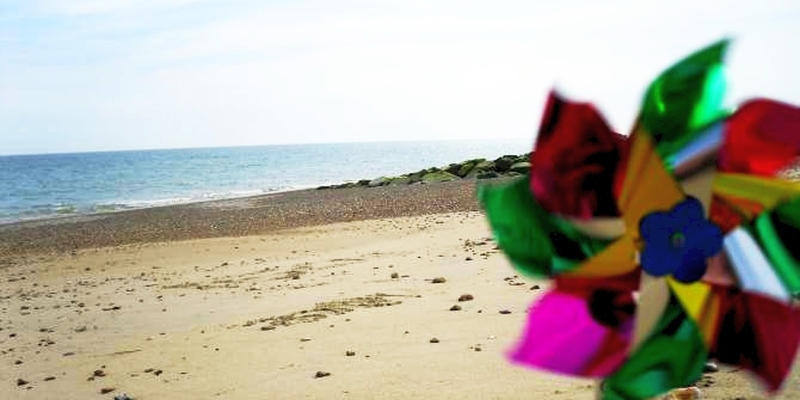Ten top tips for a safe summer at the seaside
If you’re heading to the beach this summer, spare a thought for safety. The Royal National Lifeboat Institution (RNLI) is urging anyone planning a trip to the beach and, particularly, anyone thinking of going into the water, to choose a lifeguarded beach and swim in the area between the red and yellow flags.
Around two-thirds of people in the UK go to the seaside at least once a year – perhaps for summer holidays or day trips. In 2010, RNLI lifeguards responded to 16,662 incidents and helped 18,775 people on some of the UK’s busiest beaches.
To help the beach-going public stay safe, the lifesaving charity is offering some essential beach safety tips to make sure people remember their summer holidays for the right reason.
1. Swim at a lifeguarded beach
2. Swim between the red and yellow flags
3. Never swim alone
4. Know your beach safety flags
5. Never use inflatables in strong winds or rough seas
6. If you get into trouble, stick your hand in the air and shout for help
7. If you see someone else in trouble, tell a lifeguard. If you can’t see a lifeguard call 999 or 112 and ask for the Coastguard
8. Find out about the beach you’re going to before you visit
9. Check tide times before you go
10. Read and obey local hazard signs
RNLI Beach Safety Programmes Manager, Ross Macleod, says:
‘We recommend that people choose a lifeguarded beach and swim between the red and yellow flags, where the lifeguards can see them. We want people to enjoy their time at the beach, but it’s important to put safety first. By following the advice the RNLI is offering, we hope people will stay safe at the beach so they remember their summer for the right reasons.
‘RNLI lifeguards are specially-trained and a great deal of their work is preventative – they give advice and warn people of potential dangers, to prevent incidents happening in the first place.
‘Those who can’t make it to a lifeguarded beach should find out about their chosen beach before they go, read the safety signs to make themselves aware of the local hazards. Most importantly, if they see someone in trouble, they should call 999 or 112 and ask for the Coastguard – but should not enter the water themselves.’
Those wishing to identify their nearest lifeguarded beach can visit www.goodbeachguide.co.uk.
The RNLI’s guide to beach safety, On The Beach, is packed full of advice on how to stay safe at the beach. It is available free-of-charge by emailing [email protected] or calling 0800 328 0600. Further practical advice and tips on how to stay safe can be found at he RNLI’s website, www.rnli.org.uk/beachsafety.
Key facts about the RNLI: The RNLI is the charity that saves lives at sea. Its volunteers provide a 24-hour search and rescue service around the United Kingdom and Republic of Ireland coasts. The RNLI operates over 230 lifeboat stations in the UK and Ireland and has more than 150 lifeguard units on beaches around the UK. The RNLI is independent of Coastguard and government and depends on voluntary donations and legacies to maintain its rescue service. Since the RNLI was founded in 1824 its lifeboat crews and lifeguards have saved over 139,000 lives.
Find out more about the RNLI





